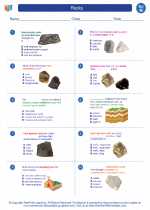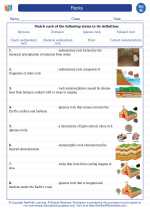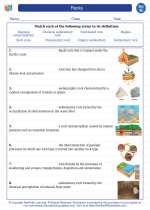Creativity
Creativity is the ability to generate original ideas, solutions, and possibilities. It involves thinking outside the box, making connections between disparate concepts, and approaching problems in unconventional ways. Creativity is not limited to artistic expression, but is also important in fields such as science, business, and technology.
Factors influencing creativity
- Knowledge and expertise: A deep understanding of a subject can fuel creative thinking within that domain.
- Open-mindedness: Being receptive to new ideas and perspectives can enhance creativity.
- Imagination: The ability to visualize and mentally manipulate concepts is essential for creativity.
- Persistence: Overcoming obstacles and failures is crucial for creative breakthroughs.
- Environmental factors: Culture, resources, and social support can influence creative expression.
Ways to foster creativity
- Encourage curiosity: Encouraging questions and exploration can stimulate creativity.
- Provide autonomy: Allowing individuals to have freedom and control over their work can boost creativity.
- Embrace diversity: Exposure to diverse perspectives and experiences can spark creative thinking.
- Offer opportunities for collaboration: Working with others can lead to new ideas and innovative solutions.
- Provide time for reflection: Allowing time for contemplation and incubation of ideas can enhance creativity.
Impact of creativity
Creativity is essential for innovation and problem-solving. It drives progress in various fields, leading to the development of new technologies, artistic expressions, scientific discoveries, and business strategies. Cultivating creativity can lead to personal fulfillment and contribute to societal advancement.
Study Guide
As you study creativity, consider the following questions:
- What are the key attributes of a creative person?
- How does creativity contribute to different aspects of society?
- What are the environmental and personal factors that can influence creativity?
- Can creativity be taught or developed, or is it an innate trait?
◂Science Worksheets and Study Guides Eighth Grade. Rocks
Worksheet/Answer key Rocks
Rocks  Worksheet/Answer key
Worksheet/Answer key Rocks
Rocks  Worksheet/Answer key
Worksheet/Answer key Rocks
Rocks  Vocabulary/Answer key
Vocabulary/Answer key Rocks
Rocks  Vocabulary/Answer key
Vocabulary/Answer key Rocks
Rocks  Vocabulary/Answer key
Vocabulary/Answer key Rocks
Rocks 

 Worksheet/Answer key
Worksheet/Answer key
 Worksheet/Answer key
Worksheet/Answer key
 Vocabulary/Answer key
Vocabulary/Answer key
 Vocabulary/Answer key
Vocabulary/Answer key
 Vocabulary/Answer key
Vocabulary/Answer key

The resources above cover the following skills:
Earth/Space Science: Students will use scientific skills and processes to explain the chemical and physical interactions (i.e., natural forces and cycles, transfer of energy) of the environment, Earth, and the universe that occur over time.
Earth History: Explain how sedimentary rock is formed periodically, embedding plant and animal remains and leaving a record of the sequence in which the plants and animals appeared and disappeared.
Explain how sedimentary rock buried deep enough may be reformed by pressure and heat and these reformed rock layers may be forced up again to become land surface and even mountains.